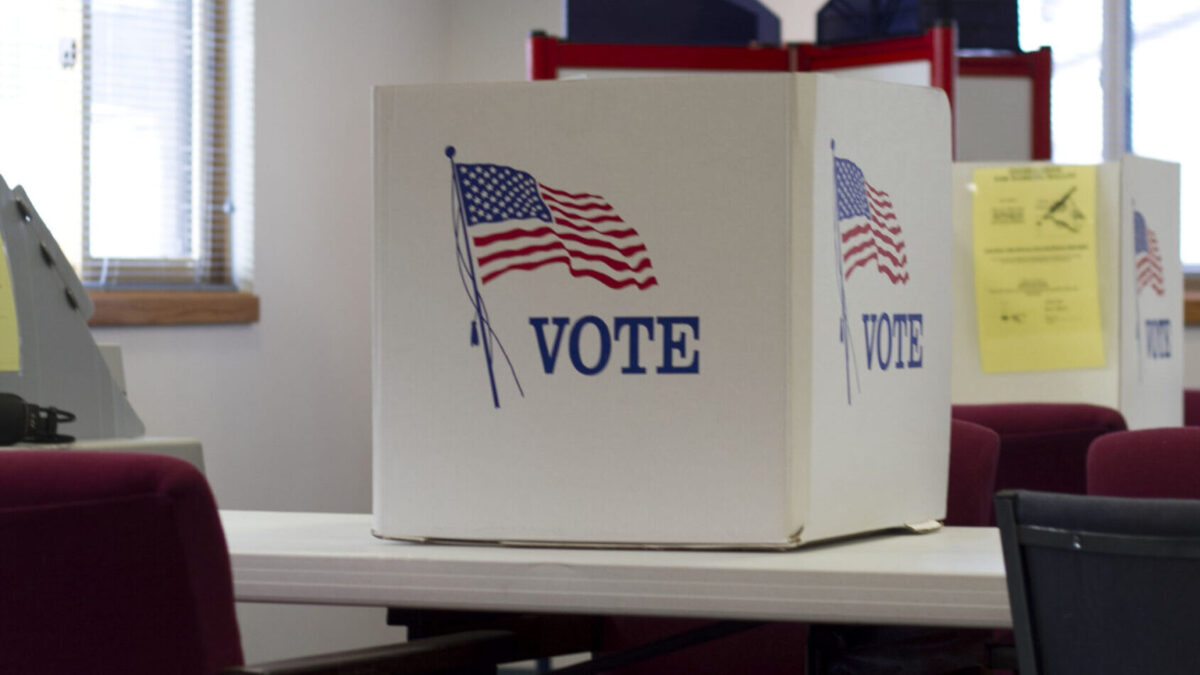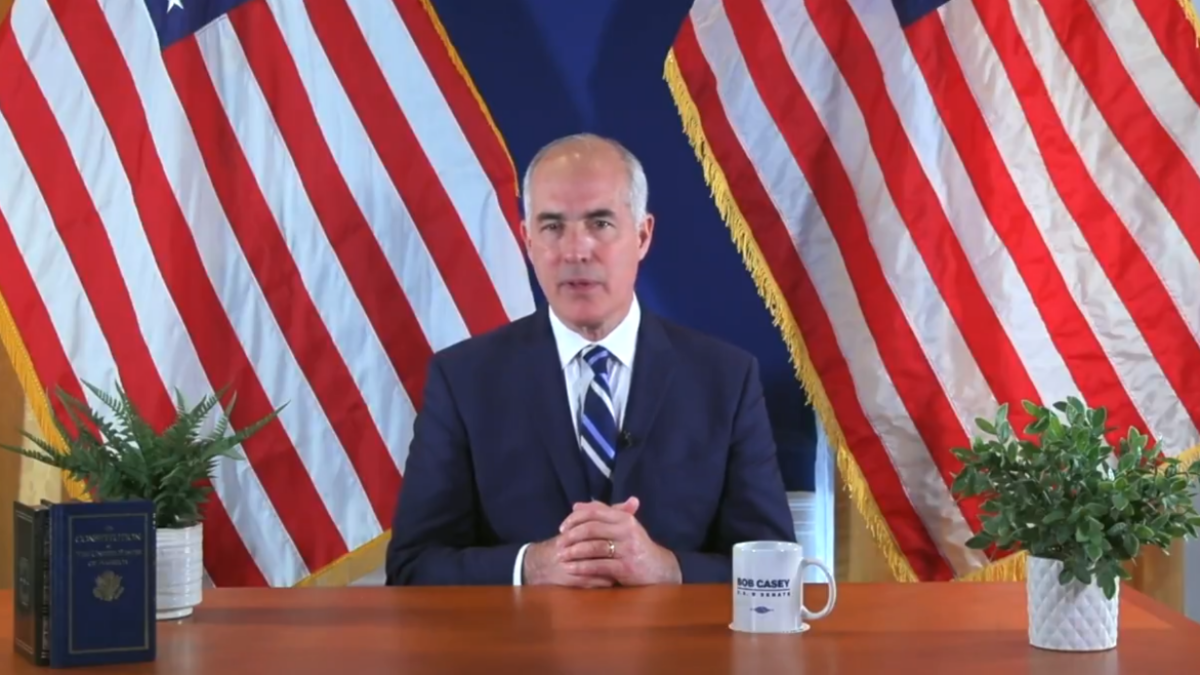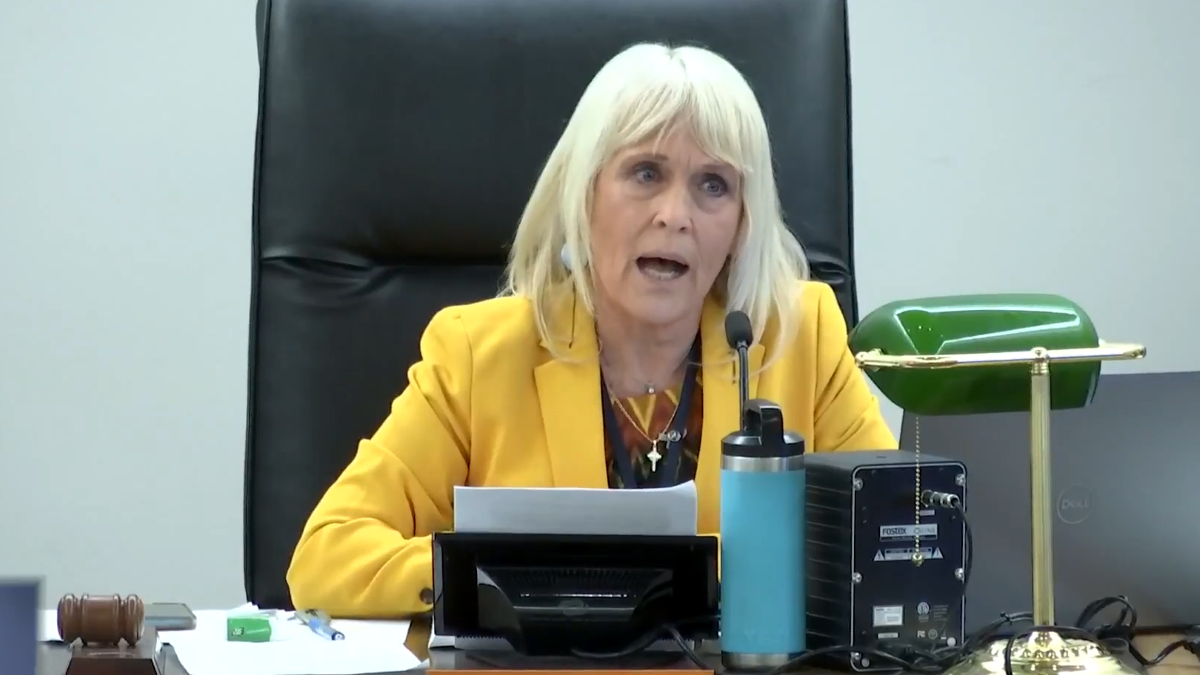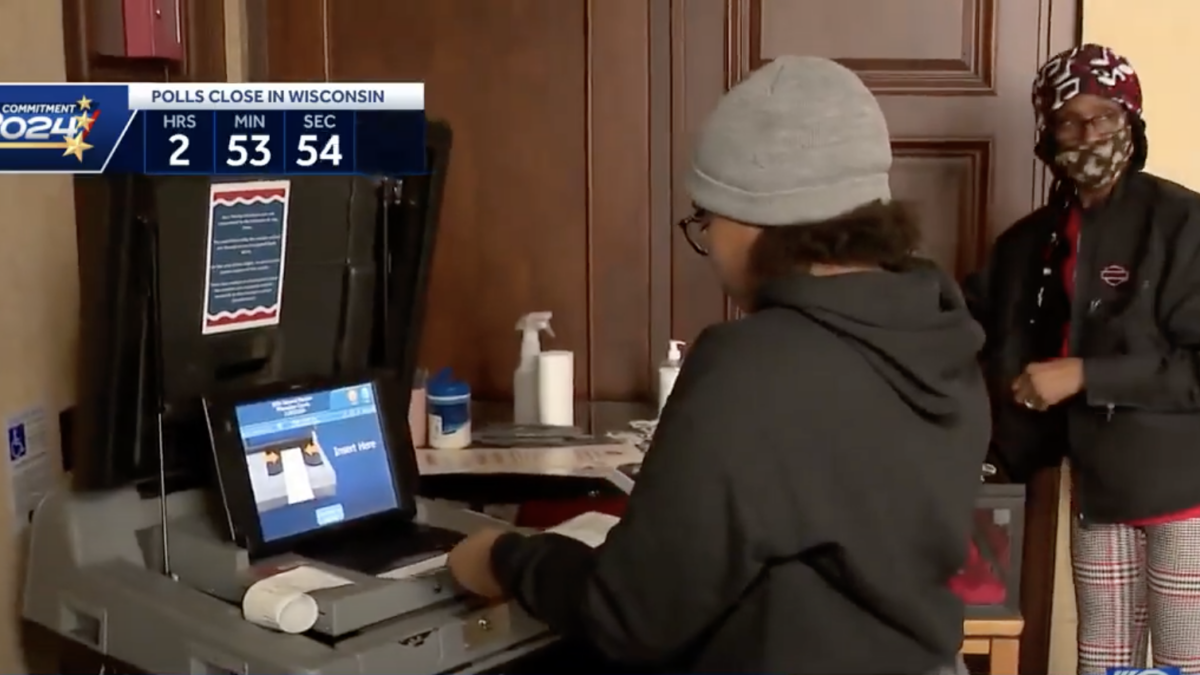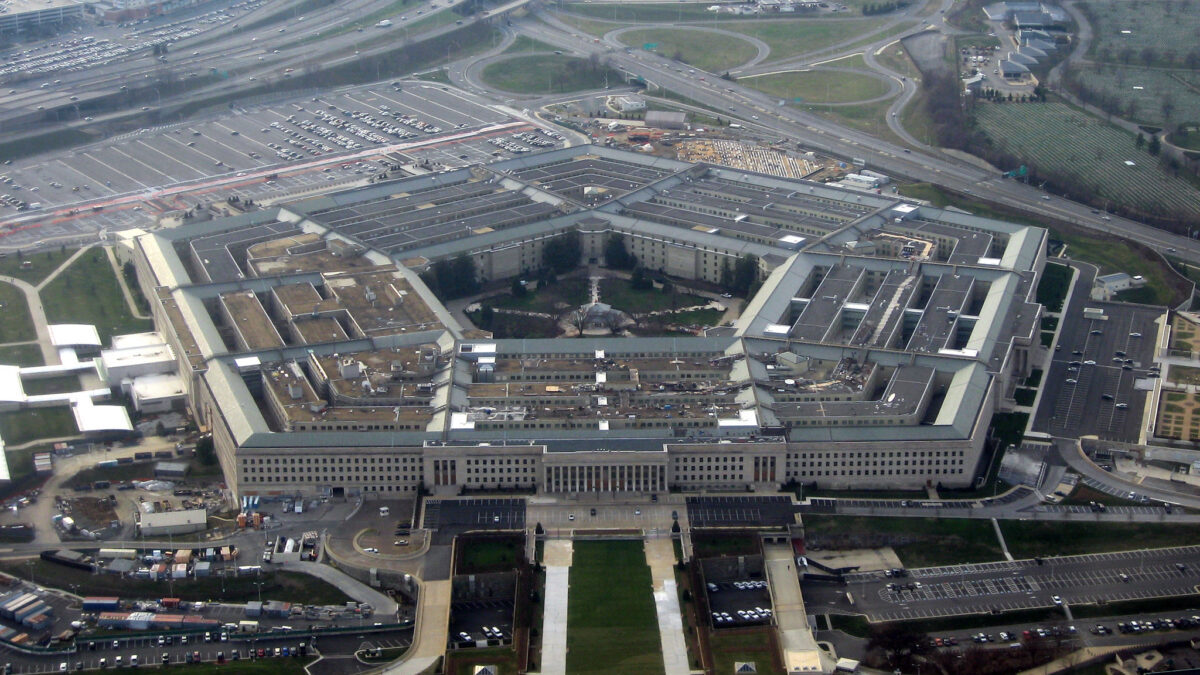What is the easiest way to cast doubt on an election? By telling voters that casting a ballot for the candidate who is the opposite of their choice is actually the way to vote for the candidate they want. It may sound too strange to be true, but that is what happened in a judicial race in Northampton, Pennsylvania.
Northampton experienced an eerie case of déjà vu during its most recent election. In 2019, the Philadelphia suburb had faced glitches with its touchscreen voting machines on Election Day, causing machines to undercount the votes for one candidate. This year, glitches struck again, causing ballot printouts to reflect a different result than the one voters selected on the machine.
Northampton County officials stated that the error did not affect election results because the vote is not counted based on the printout. Instead, a barcode on the printout documents the official vote. However, it is unclear how much the confusion over the printouts changed voter behavior.
One election observer at the Wesley United Methodist Church reported that election officials told voters to select the opposite candidate on the machine to produce the correct candidate on the printout. Although election officials eventually began warning voters that their vote would show up incorrectly on the printout, incorrect instructions could have affected the count in a way that would be impossible to verify or rectify.
It was also reported that some voters were turned away from polling locations because of the error, and others had to vote on provisional ballots. Additionally, some voters were given an emergency paper ballot, but each polling station shockingly had only 25 emergency ballots, making it impossible for every affected voter to use this contingency. These mistakes have drawn criticism from voting groups across the political spectrum.
What is particularly concerning about Northampton’s recurring machine glitch is that it could have easily been avoided by learning from 2019’s machine debacle, checking preelection processes, and thoroughly testing the machines prior to Election Day. According to Politico, County Executive Lamont McClure argued that “more rigorous pre-Election Day testing, more paper ballots and better communication could prevent the errors in 2019 and 2023.”
Other Counties Learn from Past Problems
Fortunately, some counties are learning from past problems and are paving the way toward improved election administration, including another Philadelphia-collar county with a history of election issues.
Since 2020, Bucks County has received complaints about late election returns, lack of meaningful observation of absentee ballot processing, drop-box security, ballot shortages, processing errors, and more. However, election officials were receptive to concerns and are taking steps to avoid repeat mistakes.
These improvements included ensuring locations had enough ballots, changing the county’s ballot supplier, improving drop-box security, and creating processes for addressing when multiple ballots are deposited by a single voter.
For example, because of cases across Pennsylvania where individual voters deposited more than one ballot into drop boxes in violation of Pennsylvania law, Bucks County’s drop-box security received a significant facelift. Each drop box is located within a government building, such as a library, meaning that drop boxes are only accessible during the hours the government building is open. In addition, the drop boxes are monitored by both county observers and video surveillance. As a result, everyone can observe clear security measures around the drop boxes.
Bucks County’s adoption of best practices for drop boxes also includes giving voters clear instructions to avoid mistakes and potential process concerns. Each drop box includes clear signage informing voters that they should only deposit one ballot per voter. And thankfully, the county has also developed procedures for when those instructions are violated. If more than one ballot is dropped by a single voter, the batch of ballots is sequestered and brought to the board of elections to be adjudicated.
It is a relief to see a good-faith attempt to address ballot harvesting, rather than let it go completely unaddressed. The approaches to effective election administration in Northampton County and Bucks County could not be more different. Bucks County is proving that an ounce of prevention is worth a pound of cure. Bucks has had repeated avoidable issues but has taken observable steps to improve security and transparency with tangible results. Fortunately, it is not too late for Pennsylvania counties statewide to follow Bucks County’s lead in addressing voting procedures before the upcoming presidential election.
